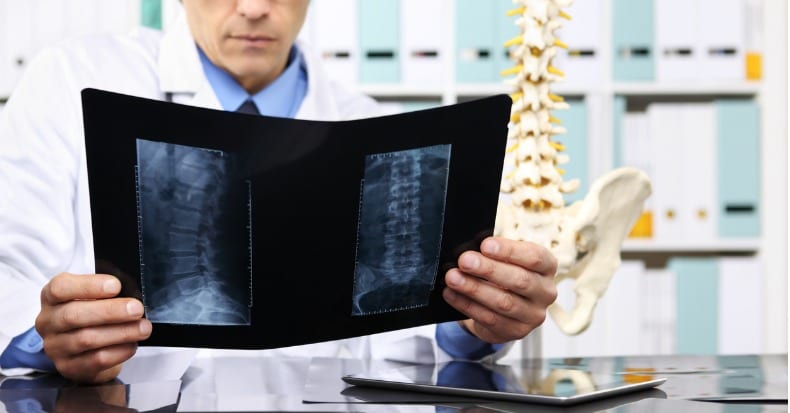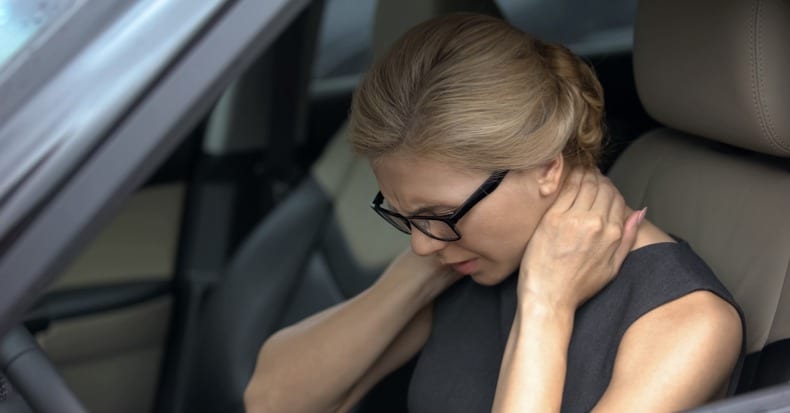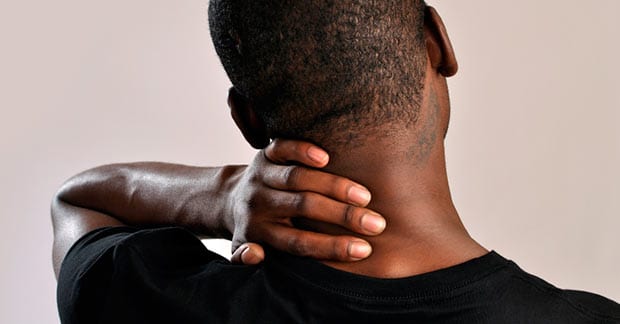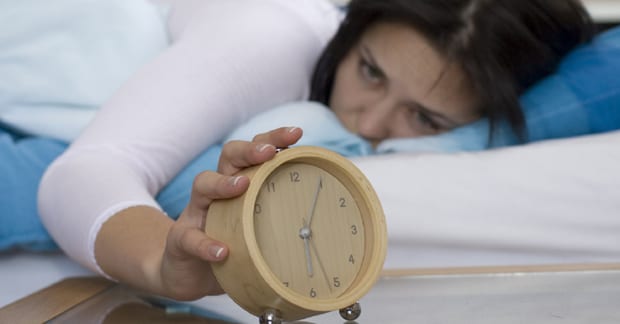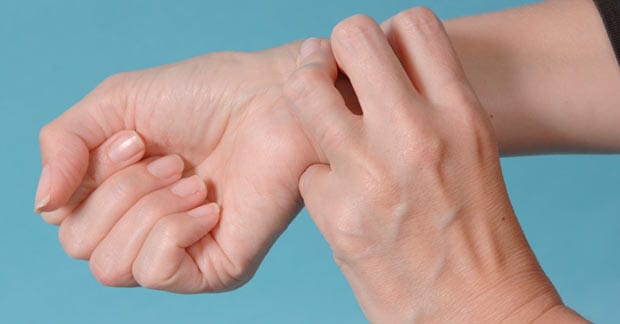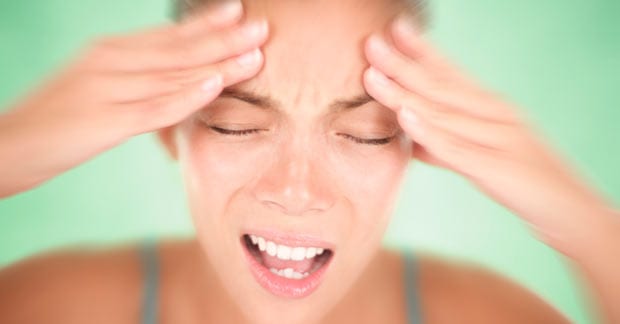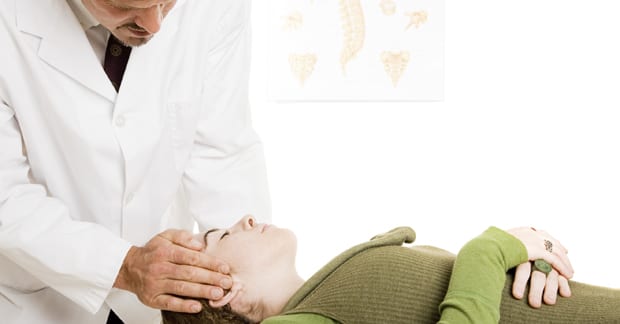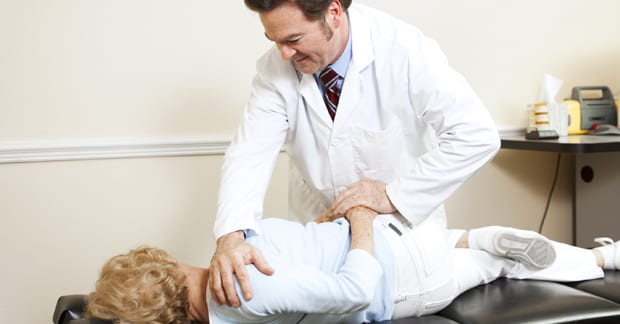Newest Articles
Do you realize how complicated the low back region is when it comes to investigating the cause of low back pain (LBP)? There can be findings on an x-ray, MRI, or CT scan such as degenerative disk disease, arthritis, even bulging and/or herniated disks that have NOTHING to do with why the back hurts. Similarly, [..]
Continuing
this topic from last month, we are discussing various vitamin,
nutriceutical, and dietary approaches that show promise with some
published evidence to benefit those of us struggling with allergies.The next herb to consider is: 6) Tinospora cordifolia
as this can reduce allergy symptoms such as sneezing, itching, and
nasal discharge. 7) Combination allergy supplements [..]
Many people seek chiropractic care for low back, mid-back, neck pain, and pain in the extremities, but what about balance and/or dizziness, as they often go together? Can chiropractic management help people suffering from frequent falls due to balance and/or dizziness problems? Let’s take a look!
When considering treatment for balance, we must talk about [..]
Chiropractic
has been utilized to treat many ailments, including allergies. Though
large-scale, randomized controlled trials are lacking in regards to
chiropractic treatments and allergies, case reports and other research
show promise. The concept of managing allergies may include diet
management and/or a multi-disciplinary approach to obtain optimum
outcomes.When a patient presents for chiropractic care, we [..]
A clinical practice guideline is a document designed to guide decisions and criteria regarding diagnosis, management, and treatment in specific areas of healthcare. Contemporary clinical practice guidelines are based on an examination of current evidence (evidence-based). The goal of clinical practice guidelines is to optimize patient benefit, reduce risks, provide a rational basis for patient referral, and to be cost effective. [..]
Whiplash is a condition that can occur from MANY causes—in
fact, anything that results in a sudden change in the head/neck
position. Usually, there is a rapid acceleration that injures the soft
tissues around the neck area by stretching them beyond their limits.
Hence, the more accurate terms for whiplash are “cervical
acceleration-deceleration” (CAD) as [..]
Fibromyalgia
(FM) has been described as being both a “myth” and “real” (and probably
everything in between the two). This is a VERY controversial disorder
that some doctors push under the rug by saying, “….there is no such
thing,” while others stake their reputation on it. So with this wide
variance in attitude and beliefs [..]
Carpal tunnel syndrome
(CTS) basically occurs when pressure is applied to the median nerve as
it travels through the wrist on the palm side resulting in numbness,
tingling, pain, and later, weakness of the grip and pinch functions.
But, the median nerve can be pinched at many other locations as it
courses down from the [..]
Headaches
(HA) can be tremendously disabling, forcing sufferers away from work or
play into a dark, quiet room to minimize any noise and light that
intensifies the pain. According to the National Headache Foundation,
there are over 45 million Americans who suffer from chronic,
re-occurring headaches, of which 28 million are of the migraine variety. [..]
Previously, we discussed osteoarthritis (OA) and degenerative disk disease (DDD) as causes of low back pain (LBP) in the geriatric population. This group of conditions often co-exist in this population, so we will continue with this topic…
A unique condition associated with OA and DDD is called “spinal stenosis” (SS). Stenosis means “narrowing,” and it [..]
This month we take a close look at manipulation of the joints of the lumbar spine and the relationship to Lumbar disc protrusion. Often lumbar manipulation involves some degree of rotation. Lumbar spine manipulations that are primarily rotational in nature are often discouraged as it is assumed that such maneuvers are associated with an increased [..]
Where Does Back Pain Come From?In 1934, William Mixter, MD and Joseph Barr, MD, established that herniation of the lumbar disc could put pressure on the nerve root or the cauda equina, resulting in sciatica. Their paper on the topic appeared in 1934 in the New England Journal of Medicine (1) and was titled:Rupture of the Intervertebral [..]
